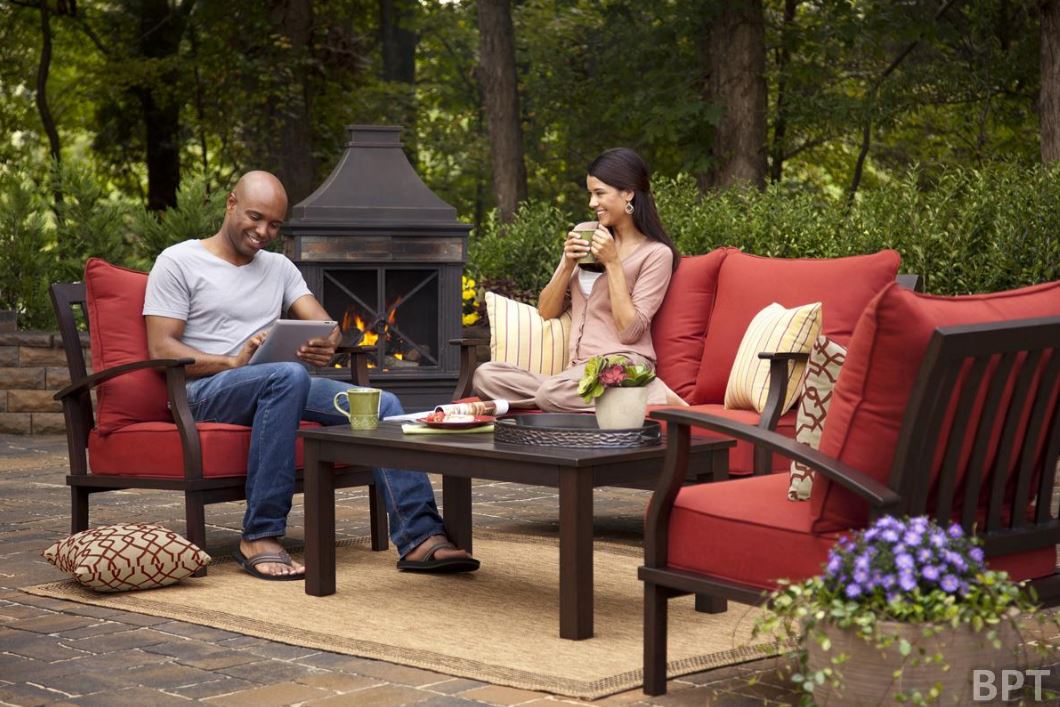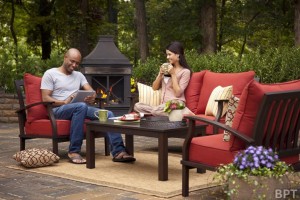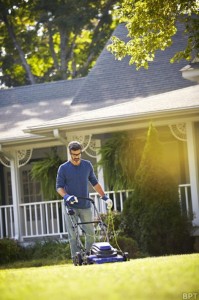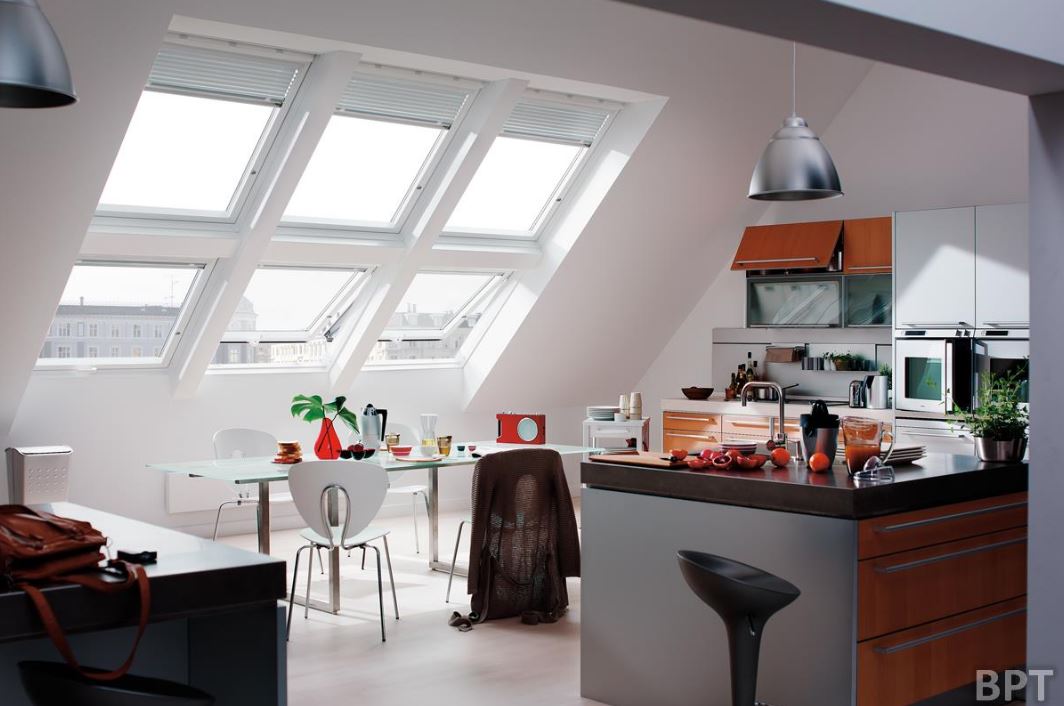Just because remodeling necessarily implies “changing your environment” doesn’t mean you have to fret about harming the planet when you replace your floors, ceilings and walls. In fact, the building industry, like every other nowadays, offers many eco-friendly options for renovating your space. And, when you think about it, even adding an addition is eco-friendly, considering you’re adding onto an existing structure, rather than despoiling unused land for a completely new one.
ceilings and walls. In fact, the building industry, like every other nowadays, offers many eco-friendly options for renovating your space. And, when you think about it, even adding an addition is eco-friendly, considering you’re adding onto an existing structure, rather than despoiling unused land for a completely new one.
But, beyond this, there are many ways you can transform your home while also helping to preserve the environment. The following is a short list of some of the best of these options:
5 Green Remodeling Tips
1. Be Materials-Conscious
The most eco-friendly source for remodeling materials is decidedly local. But, if you don’t live in a forest and don’t have access to a mom-and-pop lumber yard, you can build with prefabricated wood products, such as studs, joists and trusses manufactured from smaller stock. These products are already sized and shaped to serve their intended function, so there is no waste, in cutting to size, from using them. Additionally, many big-box retailers carry products premade for use as trimming and deck work that are made of recycled plastics and wood. Most of all however, always use water-based finishes, paints and stains.
2. Choose Eco-Friendly Flooring
The volatile organic compounds found in some kinds of flooring can contaminate the air inside your home. It’s better to go with linoleum or natural-fiber carpeting, both of which can last decades and are made from renewable resources. The cork in linoleum, for instance, is harvested without damaging cork trees.
Better still, however, is carpet-like flooring made from reeds and grasses, as well as stone and ceramic tile and hardwood and bamboo. In any case, be sure to air out your house after installation whenever you use adhesives.
3. Insulate Properly
People do some of the greatest harm to the environment by wasting energy, and one major culprit for energy waste is poorly insulated homes. Energy waste isn’t just an environmental issue; it’s a financial issue. Consequently, making sure your home is properly insulated will both help the environment and save you money in air conditioning and heating your home. Otherwise, you are essentially throwing money out the window.
As for eco-friendly insulation materials, the building industry offers several, including loose-fill insulation made from recycled paper. One great way to renovate your home, save money and help the environment, then, is to simply use this material to re-insulate an existing structure. If you choose to do so, remember to re-insulate your heating and cooling ducts and to install windows made from insulated glass.
4. Go Solar
Yes, installing solar panels has a very high upfront cost, but you could eventually make your entire investment back by selling unused energy to the grid. But solar panels aren’t the only way to go “solar.” In fact, by simply choosing the correct window placement, size and ventilation in a new structure or addition, you can drastically reduce the amount of energy you use (and money you spend) heating your home.
5. Buy Green Appliances
It might not occur to you, but every time you turn on that old washing machine, you’re wasting immense amounts of water and electricity. In this case, again, a good way to save both money and energy is to update your appliances. In fact, finding energy efficient appliances is easier than ever as all major appliances must now have EnergyGuide labels attached to them, making it super-easy to compare models’ and brands’ energy and water consumption.
________________________
Contributing Author: Paul Kazlov is a “green” home modeling enthusiast that understands the importance of going green. Paul writes for the Global Home Blog and strives to educate people about “green” products such as metal roofing and solar. Follow him on Twitter @PaulKazlov.



 (BPT) – People across the country are feeling the winter blues after an unusually cold and snowy winter. But with warmer weather arriving soon, you can create a feeling of spring indoors and out with some simple do-it-yourself projects.
(BPT) – People across the country are feeling the winter blues after an unusually cold and snowy winter. But with warmer weather arriving soon, you can create a feeling of spring indoors and out with some simple do-it-yourself projects. backyard around a fire pit. Take time now to get prepared for spring and summer days. Decorate and furnish your outdoor space with allen + roth patio furniture from Lowe’s. From bistro sets perfect for enjoying breakfast to conversation sets that will make your guests linger during longer days, you can create a specialty look at affordable prices.
backyard around a fire pit. Take time now to get prepared for spring and summer days. Decorate and furnish your outdoor space with allen + roth patio furniture from Lowe’s. From bistro sets perfect for enjoying breakfast to conversation sets that will make your guests linger during longer days, you can create a specialty look at affordable prices.

